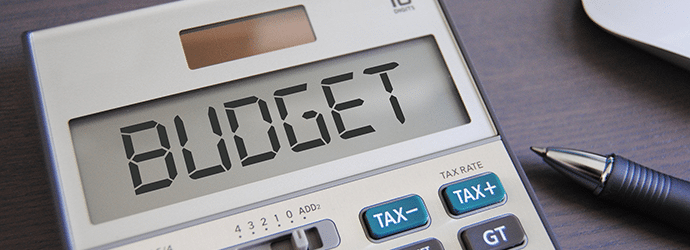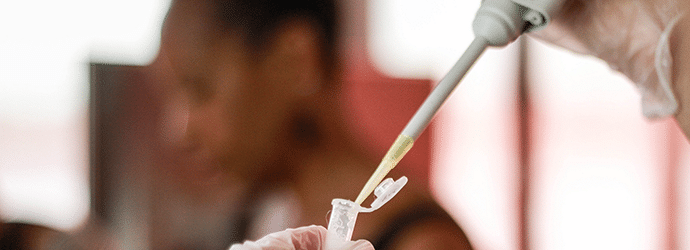A variety of lab supplies can be purchased off the shelf in your neighborhood, which can save you time and money, especially when compared to the added cost of shipping, handling, and markup of various items when ordering from lab vendors (*your mileage will vary).
How to Get Reimbursed
The method for procuring supplies on your own dime is a bit different than going through the ordering process in the lab. Typically, once you OK the need with your lab manager, you’ll go purchase the item yourself, bring back a receipt, fill out a reimbursement form, make copies of everything, submit it, and wait for the department to approve it and pay you back from lab funds. It’s not too complicated—though, patience is a virtue.
Items that can be purchased virtually anywhere
While it may be quicker to ask a neighbor to borrow a cup of sugar before buying it at the corner store, here is a grocery list full of useful items that you can stock your lab with today!
1. Office Supplies
Highlighters, permanent markers, shipping labels, and note cards are the items I live by. On a good day, they are fantastically inexpensive; there is a variety of items for any administrative need.
2. Aluminum Foil and Plastic Wrap
Reduce your costs significantly by buying in bulk (And stock the lab for months—possibly years). Purchase items by the thousand feet, the gallon, or case to see unit costs shrink…while watching your savings grow.
3. A Personal Centrifuge
Harness a little ingenuity to build your own custom, portable green-energy centrifuge for a quick spin down of samples (not salad). Here’s one way to begin the modifications using a plastic spinner. [1]
4. Glassware
Your graduated cylinder takes the guesswork out of precise measurements however you can look to the kitchen aisle for large containers for media preparation. If you’re interested in utilizing home-style measuring tools, be sure to brush up on your Imperial to Metric conversions before use.
5. Plastic Funnels
To the kitchen aisle again (or the auto parts store): a funnel is what you need to avoid costly spills when pouring liquids from a wide-mouth bottle into a narrow-mouth bottle.
6. Filters
Do-it-yourself with a commercial-size package of coffee filters. Larger particulates can be strained with cheesecloth.
7. Timers
For those who use actual timers (and not smartphones), count down to the end of your experiment with an egg timer. When more specificity is needed, go digital.
8. Scales
Interestingly enough, a consumer scale will measure up to the function and precision of your everyday bench scale. Place your weigh boat and turn it on to find that some models will automatically tare for you.
9. Insulated Lunch Buckets
Now the ubiquitous, foam laboratory ice bucket has become hard-sided and rugged, with a closing lid and carrying handle. This multi-purpose item helps make transporting samples across campus easier and safer.
10. Calendars
Reserve the expensive, larger-than-life-sized calendars for shared-use rooms and for group scheduling. In your own space, decorate with what interests you – cats, dogs, tropical getaways or print your own calendar.
11. Gloves
Consumer gloves come in all types, vinyl, latex, and even nitrile. Keep your eyes open for the 100 (not 50!) count boxes.
12. Chairs
Stools and metal chairs for the lab; posh executive-style leather chairs for the offices. Research doesn’t have to be a backbreaking endeavor.
13. Bottle Brush
For all those difficult-to-clean cylinders and glass bottles…bottle brushes are easily found in the baby aisle.
14. Isopropyl Alcohol
Now you’re all set to continue tabletop DNA extractions when you combine a few items from the lab and a few items from this list!
15. Other Chemicals
What do you say about using store-bought chemicals in the lab for your research? If this seems too wild of an idea (or if it’s something you’ve done before), tell us in the comments below. We’ve successfully utilized mineral and corn oils, dehydrated milk, cornstarch, and baking soda.
For more everyday items useful in the lab, check out our 10 Top Everyday Items Useful in the Lab.
Are there any other items can you think of to help keep your lab stocked year after year?
For more tips, tricks, and hacks for getting your experiments done, check out the Bitesize Bio DIY Lab Hub.
Reference
Brown J et al. (2011) A hand-powered, portable, low-cost centrifuge for diagnosing anemia in low-resource settings. Am J Trop Med Hyg 85(2):327–32






